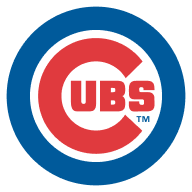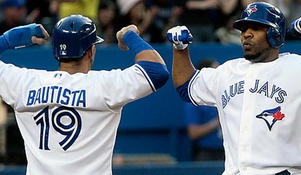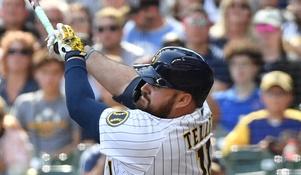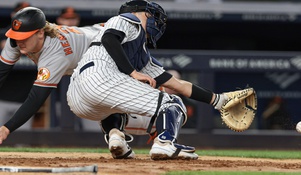Lessons for Leafs from Loveable Losers? Chicago Cubs rebuild and what Maple Leafs can learn
Should the Toronto Maple Leafs be looking to Chicago for guidance on how to build a Stanley Cup champion? Yes, but not from those perennial contenders that play hockey, but from the World Series Champions. The Chicago Cubs serve as a clear and positive role model for hockey’s “loveable losers” and could offer the Leafs a road map to sustained glory.
Now, I should start by addressing the obvious - hockey and baseball are different sports, very different sports (I have no ambition of convincing you otherwise). I will not be comparing and contrasting Auston Matthews stats with that of Kris Bryant. The Cubs’ drafting strategy of hitters over pitchers has no relevance to the Maple Leafs or hockey in general. Also the NHL has a strict salary cap, the MLB does not. So please don’t take this as literally as that. I’m here to argue that the Cubs have demonstrated how a sports franchise can hit rock bottom, regroup, and come out a champion (and break a league leading drought to boot). The Buds should be taking notes.
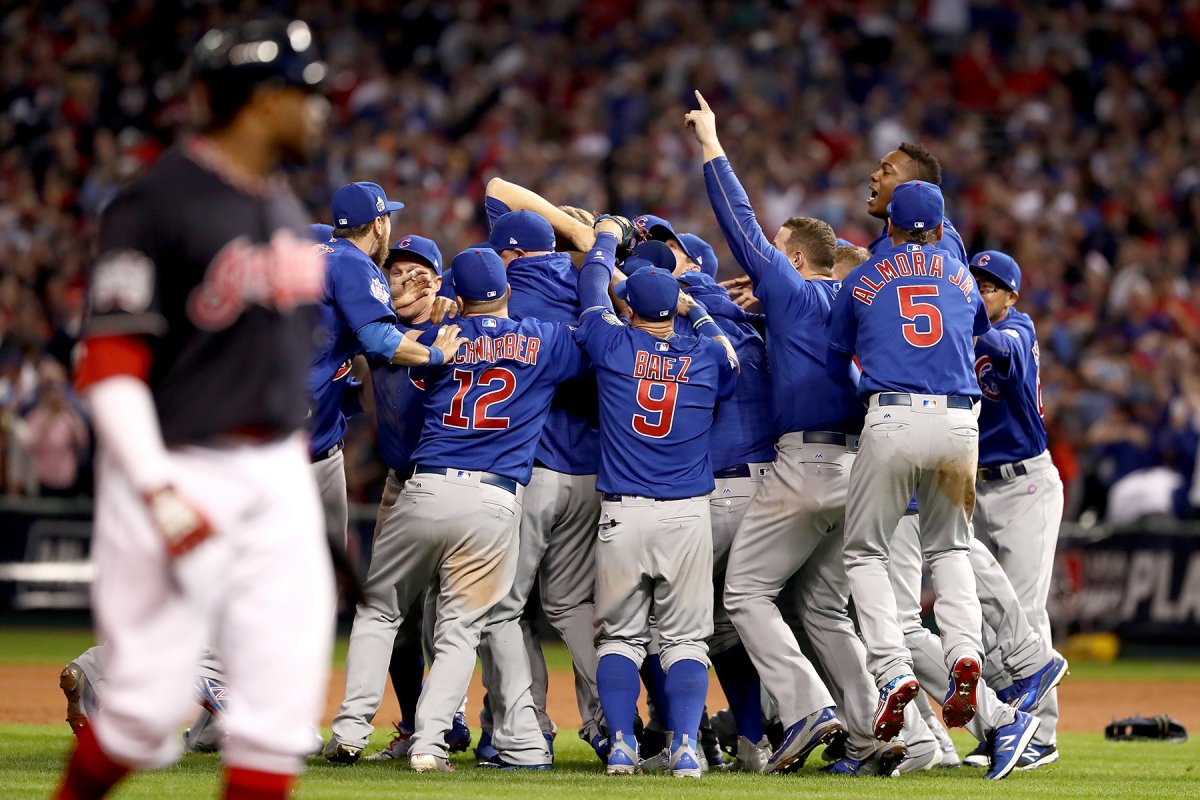
Culture of losing
Let’s first look at the history. Before beating the Cleveland Indians in game seven on November 2nd, the Chicago Cubs held the most shameful championship drought in professional sports. They had gone 108 years without a World Series title and from this emerged a romanticized culture of losing. The Cubs century-plus of losing featured a goat, a curse, a black cat, an oblivious fan on the third base line and, of course, enough heartbreak to fill 108 seasons.
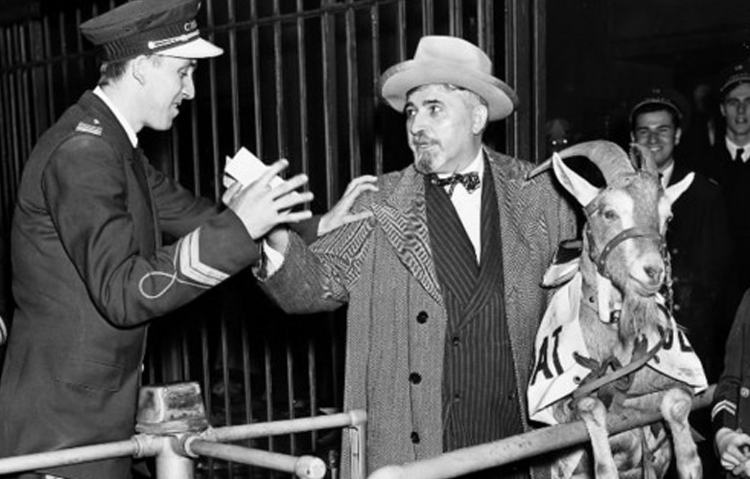
The Maple Leafs “curse” is not nearly as long or interesting as the Cubs. But at 54 years and counting Toronto holds the distinction of the longest current NHL drought without a Cup. The Leafs curse involves a contract negotiation gone awry (a $500 discrepancy) for a second rate Leafs defenceman. The Leafs’ GM Punch Imlach
low- balled Larry Hillman by $1,000 and ended up fining him another $2,400 for holding out (an unimaginable penalty in the era of the union). Hillman vowed the Leafs would never win again and so far it appears to be holding up.
Now the “Hillman Hex” isn’t as culturally relevant in Toronto as the Billy Goat Curse is in Chicago, but both cities have these dark clouds lingering over their franchise. In both cities there has emerged almost a religious like devotion to their clubs. Like many religions, fans of these two teams have remained devoted even in the bleakest of times and are willing to suffer in the here and now in exchange for being rewarded in the sweet hereafter.
The Cubs’ management found a way to shake this culture of losing, ignoring such conspiracy theories and focused on putting the best team together on and off the field. The Leafs may still be a ways from lifting Lord Stanley’s mug but they have taken several progressive steps in acquiring the best hockey people available on and off the ice. And by doing so they may be rebuilding the self-esteem of this fan base as well.
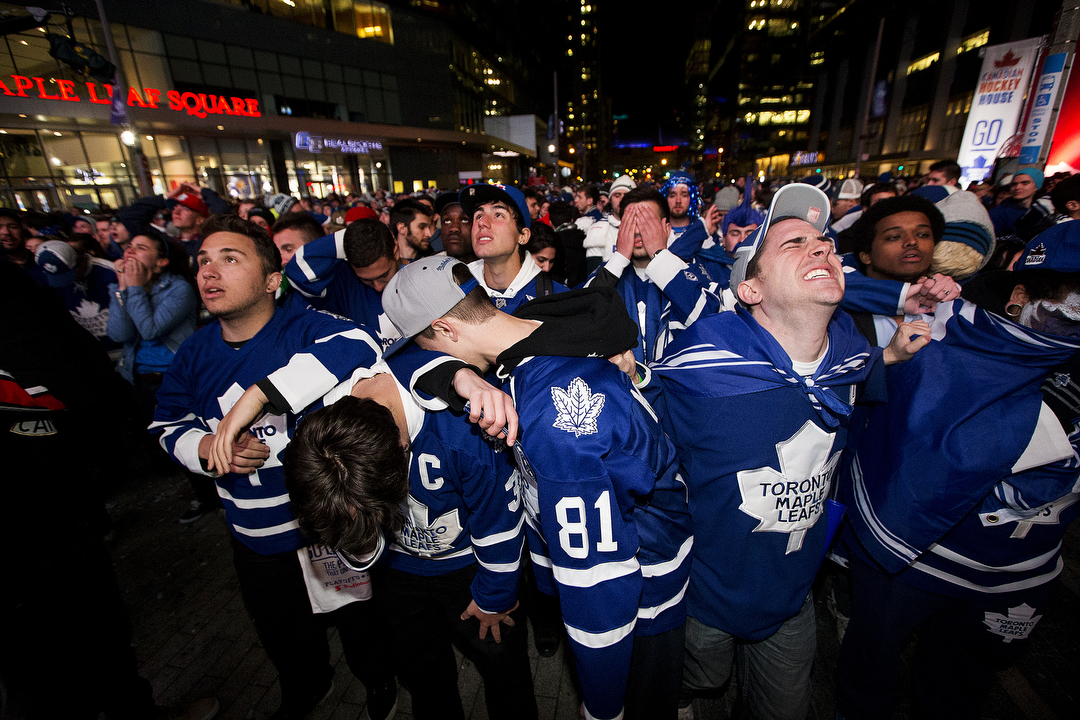
Winners in suits
The Cubs finally shattered their loser mentality this season, but the process really started five years ago. In 2011, Chicago turned to one of baseball’s greatest minds, Theo Epstein, who was best known for breaking Boston’s “Curse of the Bambino” in 2004. Now some superstitious people may not give Epstein credit, portraying him simply as an antidote to a curse or an appeasement to the baseball gods. But ultimately it was his meticulous planning and reorganizing of the Cubs franchise that made the club relevant once more. Epstein did not fall ass backwards into another World Series title. In 2011 he left a cushy job at Fenway and took over a team that had just lost 91 games, finished 19 games out of a playoff spot and had the one curse in baseball that outlasted the Bambino’s. To put things in perspective, from the 2011 club that Epstein took over, not a single player remains on the 2016 Champion edition.
Epstein realized this team would need a total rebuild. And through smart and somewhat unconventional drafting, timely free agent signings and brilliant trades, Epstein and company created a perennial contender. Starting in 2015, the Cubs went out and acquired one of the best managers in baseball, Joe Maddon, to push them into contention. Sound familiar?
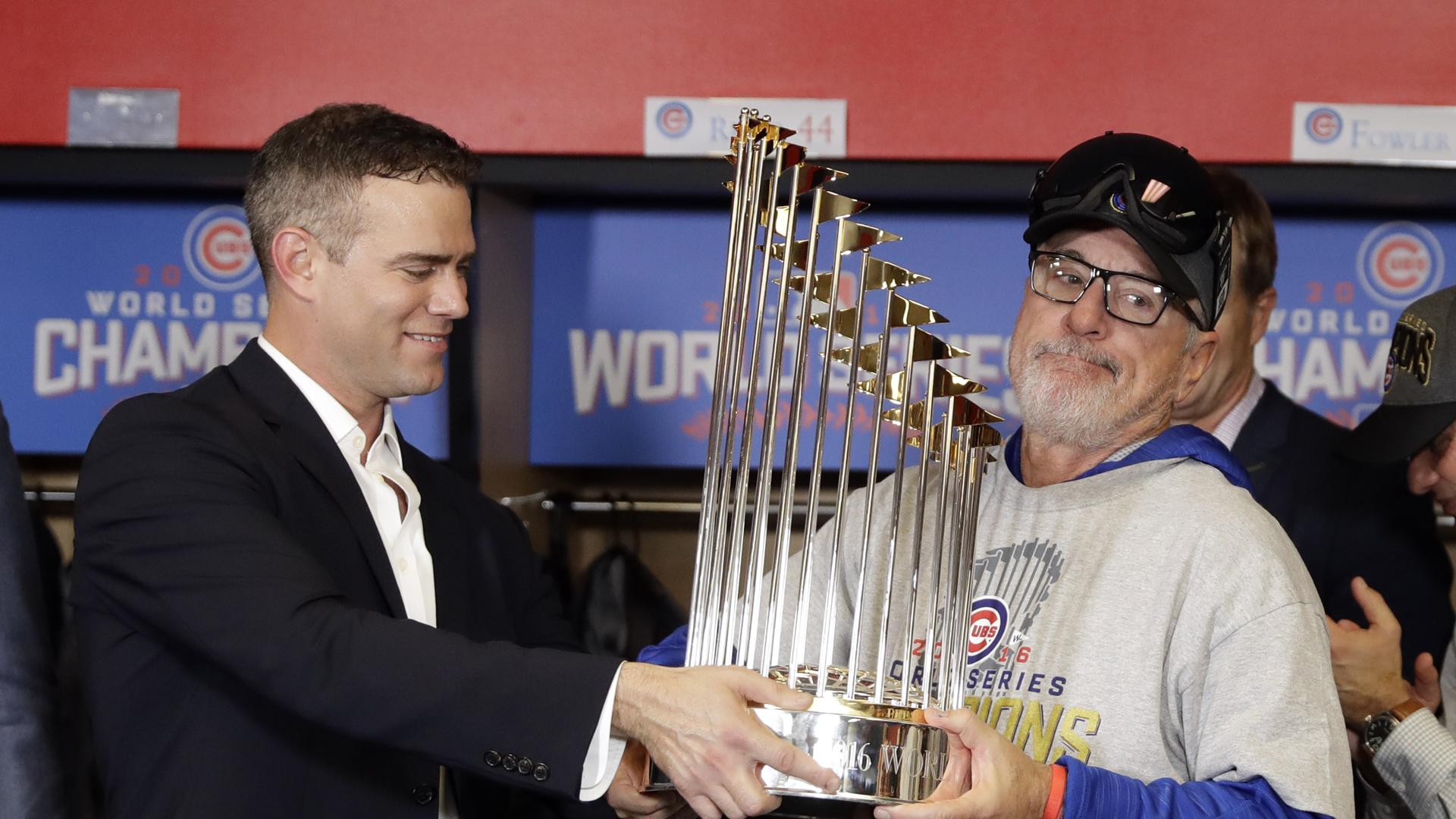
If 2011 was the start of Chicago’s five-year plan to win a championship then the Leafs might be circling 2019 for their Stanley Cup victory. In April 2014 the Leafs announced Brendan Shanahan as their team president. And although Shanahan took over a respectable 84-point club it was clear that he was set on tearing the roster down. In his first two full seasons in Toronto, Shanahan has put out a 68 and 69-point club and has traded away marquee players like Phil Kessel, Dion Phaneuf and James Reimer in the process. Although the losses hurt, the Leafs did manage to snag William Nylander (8th overall in 2014 draft), Mitch Marner (4th overall in 2015 draft) and Auston Matthews (1st overall in 2016). All three look to be cornerstones of the Leafs franchise moving forward. If you look at the 2016 Champion Cubs, top draft picks from the dark years like Javier Baez (9th overall 2011), Kris Bryant (2nd overall 2013) and Kyle Schwarber (4th overall 2014) all played integral parts in their regular and post-season success.
Like the Cubs, the Leafs have gone out and acquired champion calibre leadership, in GM Lou Lamoriello (three Stanley Cups) and Coach Mike Babcock (one Stanley Cup). With both these clubs, there has been a clear plan to rebuild after decades of failure and heartbreak - five years in the Chicago Cubs are Champions. A season and a half into the Shanahan era and the Leafs have done the tearing down, but we’ll have to wait to find out how the rebuilding goes.

On the ice/field
In Chicago, Epstein came in and let big ticket players walk and traded the others, acquiring the likes of Addison Russell, Anthony Rizzo and Jake Arrieta in the process. In Toronto, it appears to be a bit early to determine whether Shanahan was successful with his trades of Kessel, Phaneuf, Reimer but like Epstein he managed to take veterans that were not helping and turn them into prospects. The salary cap in the NHL makes trades a little trickier. When trading a useful vet like Dion Phaneuf, the Leafs had to take what they could get, due to their Captain’s robust salary. So it waits to be seen whether the Leafs acquired any Tyler Seguin’s or Tuukka Rask’s in those trades.
But what Leafs’ fans will need to keep an eye on is how their club manages the free-agent market. In recent history Toronto has done poorly in free agency. The likes of Mike Komisarek, David Clarkson and John Michael Liles, stand out as disappointing off-season signings. When the Cubs saw their competitive window opening they went out and filled their holes with some major contracts. After the 2014 season they signed ace Jon Lester to a 6 year/$155 million contract and last off-season they signed veteran starter John Lackey for 2 years/$32 million, utility man Ben Zobrist for 4 years/$56 million and outfielder Jayson Heyward for 8 years/$184 million. Although Heyward struggled in year one of his contract, all these signings were meant to plug holes not addressed by their solid young core.
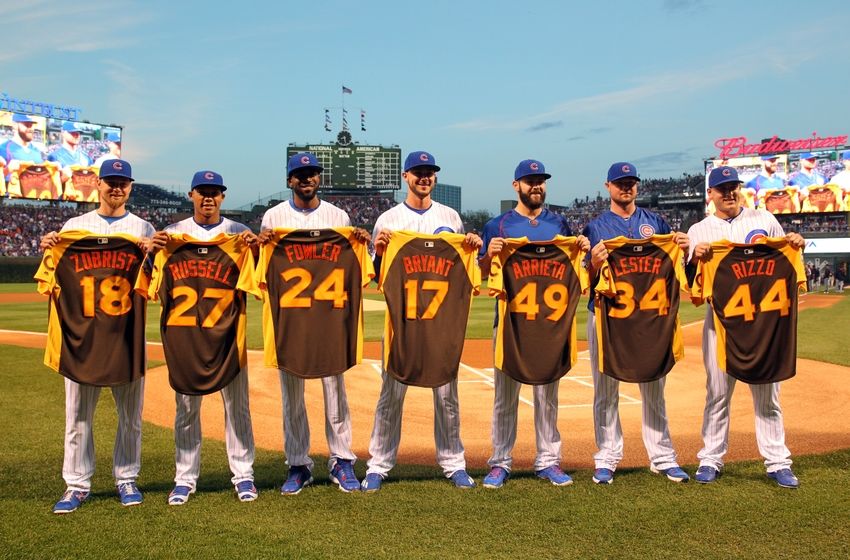
Much was made this summer about whether the Leafs should acquire Steven Stamkos via free agency. The argument against it was that the Leafs were not in their competitive window. Adding one of the best forwards in the NHL would’ve been nice but not knowing how the rest of the team would look - it just wasn’t the time. After Epstein’s first full season in Chicago, his new club had lost 101 games. But it was not till three years later in 2014 that Cubs management saw their opportunity to dive into the free agent market. Like Epstein, Shanahan isn’t panicking about losing and seems to be playing the long game.

The Maple Leafs have made several steps in the right direction since the start of the Shanahan era but still have a ways to go till they are again a serious contender. The 2016-17 season has been an exciting/frustrating campaign so far for this young Maple Leaf club. And although Toronto is still in the playoff picture, the general consensus seems to be that this season will be yet another lost cause.
The rebuilding process can be a painful ordeal and is not always a guaranteed thing. But the Toronto Maple Leafs have been taking some steps in the right direction. Much like the Cubs the Leafs have recognized that they needed a culture change. From 2004-2014 the Cubs made the playoffs only twice, with their 97-win 2008 campaign being the only noteworthy season. The Leafs have made the playoffs only once in 12 seasons, making a brief appearance in the strike-shortened 2012-13 season. Epstein came in to Chicago and burnt the Cubs’ roster to the ground and took the Billy Goat Curse head on. Rebuilding is always tricky and unpleasant but with an unwavering commitment to acquiring as much young talent as possible, the Cubs showed us there is hope. Now we can only sit back and watch to see if Shanahan and Co. remain committed to the long-term objective.

